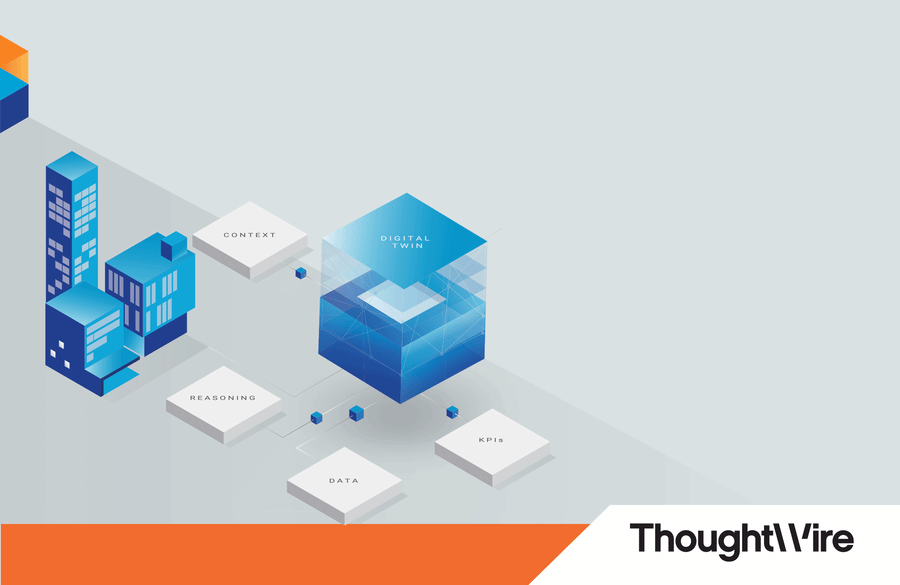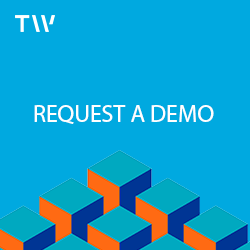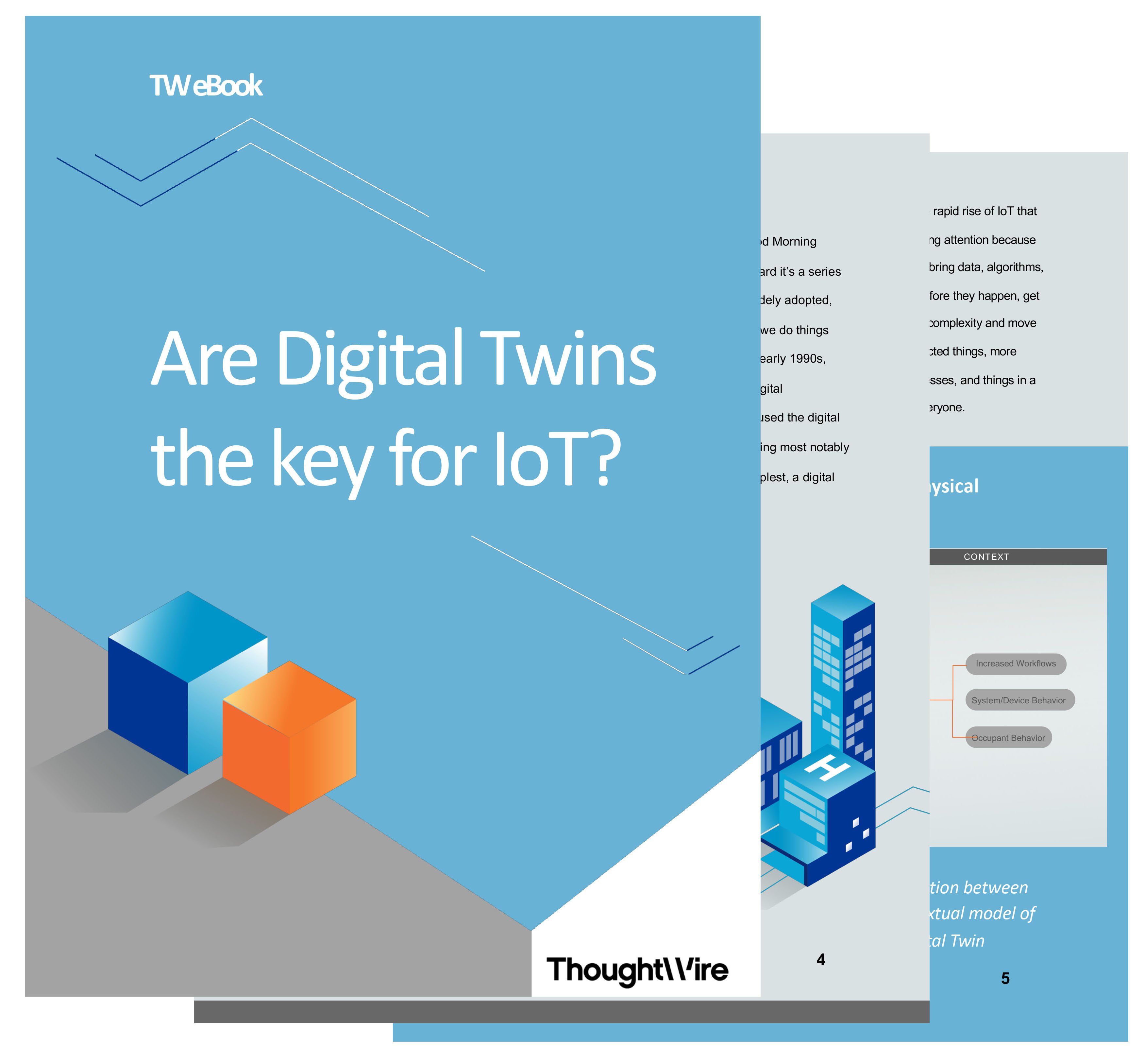In 2018, Gartner reported that 13% of organizations implementing Internet of Things (IoT) projects are already using digital twins, and another 62% are in the process of planning or establishing a digital twin.
Then, in 2019 Gartner found that 6% of enterprises overall have already deployed digital twins, and another 38% are engaged in one- to three-year planning stages to deploy digital twins.
These statistics indicate that digital twins have entered the scene -- and in a big way.
So, just why are companies implementing digital twins?
While it’s still early days for digital twins, the main reason companies are adopting them is because digital twins harness the current explosion of data and use artificial intelligence (AI) and machine learning (ML) to understand this data. Additionally, digital twins are flexible and extensible, can help future-proof assets, and can be applied to a wide variety of use cases to solve previously unsolvable problems -- from the optimization of building maintenance to the analysis of complex processes, to the enhancement of customer experience and engagement. Together, digital twins are proving to result in real business value through both cost savings and increased asset value.
Before we expand on these reasons further, let’s first review the fundamentals of digital twin technology.
The Emergence of Digital Twins
Gartner defines a digital twin as, “a digital representation of a real-world entity or system. The implementation of a digital twin is an encapsulated software object or model that mirrors a unique physical object, process, organization, person or other abstraction.” In other words, a digital twin is the contextual model of an entire organization and its operation. Digital twins bring together data from subsystems and from real-time interaction between people, process and connected things.
Traditionally, digital twins were used to replicate a single asset. In recent years, however, they’ve grown to become more complex and can now connect systems of assets or entire organizations. Additionally, some companies are now running multiple digital twins to provide a holistic view of several systems or environments, as well as to look for more opportunities to optimize their portfolios. In the words of Gartner: “Digital twins -- by themselves -- can improve situation awareness. For example, by analyzing a piece of equipment’s performance, we can discover that failure is imminent. But what makes a digital twin much more valuable is when we also use it to help choreograph an automated business response.”
Although digital twins are sometimes characterized as synonymous with 3D visualizations, this is not the case. While 3D visualizations can be constructed using insight from digital twin data, this insight can be accessed in other ways that are just as, if not more, useful -- such as 2D floorplans or dashboards. The key point to note is that digital twins are centered around data. So, data comes first, and then we can think about how to operationalize it based on the user’s need for real-time insight.
Why Companies are Implementing Digital Twins
A major driving force behind digital twin adoption is IoT and machine learning. Additionally, unlike other solutions, digital twins are tuned for complex environments and wired to model data from people, processes and connected things. They allow flexibility to adapt to a continuously changing environment, where new sensors are being added or new assets are coming online every day -- making them a dynamic solution to quickly integrate large amounts of information generated by IoT and turn that data into business outcomes. This is in contrast to older technology that relied on relational databases and massive data warehouses, which took much longer to integrate and was significantly more burdensome and less flexible.
Moreover, early adopters of digital twins are seeing impressive results from their implementation. In fact, looking at the trends so far, Gartner estimates that by 2021, half the large industrial companies will use digital twins, resulting in those organizations gaining a 10% improvement in effectiveness over current approaches.
Let’s examine the case of a commercial real estate building. In many buildings, owners and operators report a lack of coordination between operations and occupant experience. Building operations have little or no integration or coordination with core systems used by the people who work, live and play inside these spaces. Facilities teams manage buildings with building management systems (BMS), but BMSs monitor each system in a silo. Occupant workflows are disconnected from facility operations, and existing integrations and automations are rigid and inflexible.
Enter the digital twin. Digital twin technology breaks down these silos and reduces friction by orchestrating information between operations and occupants for a better approach to unlocking business outcomes. Digital twins do this by using data available from all systems, sensors and people to create a dynamic environment that automatically adapts to changing operational conditions and tenant behaviour, delivering a seamless experience for everyone involved.
This allows digital twins to create smart connections, enhance predictability and control, provide deeper insights, build smarter assets and drive smarter business decisions. They can also future-proof assets and result in reduced expenses and increased net operating income (NOI).
In doing so, tangible benefits of a digital twin emerge, for instance:
- Assets can be optimized (e.g., Increased efficiency of HVAC systems can be attained through reduced asset downtime and preventative maintenance).
- Operational performance can be improved (e.g., Improved performance of building operations can be attained through reduced hot/cold requests and faster response to alerts).
- Business value can be maximized (e.g., Increased asset value can be attained through improved NOI and increased tenant satisfaction and retention).
With evidence mounting about their value, and use cases expanding, it’s no wonder that more and more companies are including digital twin technology in their digital transformation strategies.
Want to learn more about how a digital twin can help your organization grow? Get in touch today and one of our Digital Twin Experts will help you explore your opportunities.






